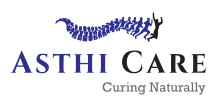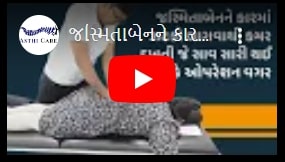WHAT WE TREAT?
Best Chiropractor for Knee Pain in Surat
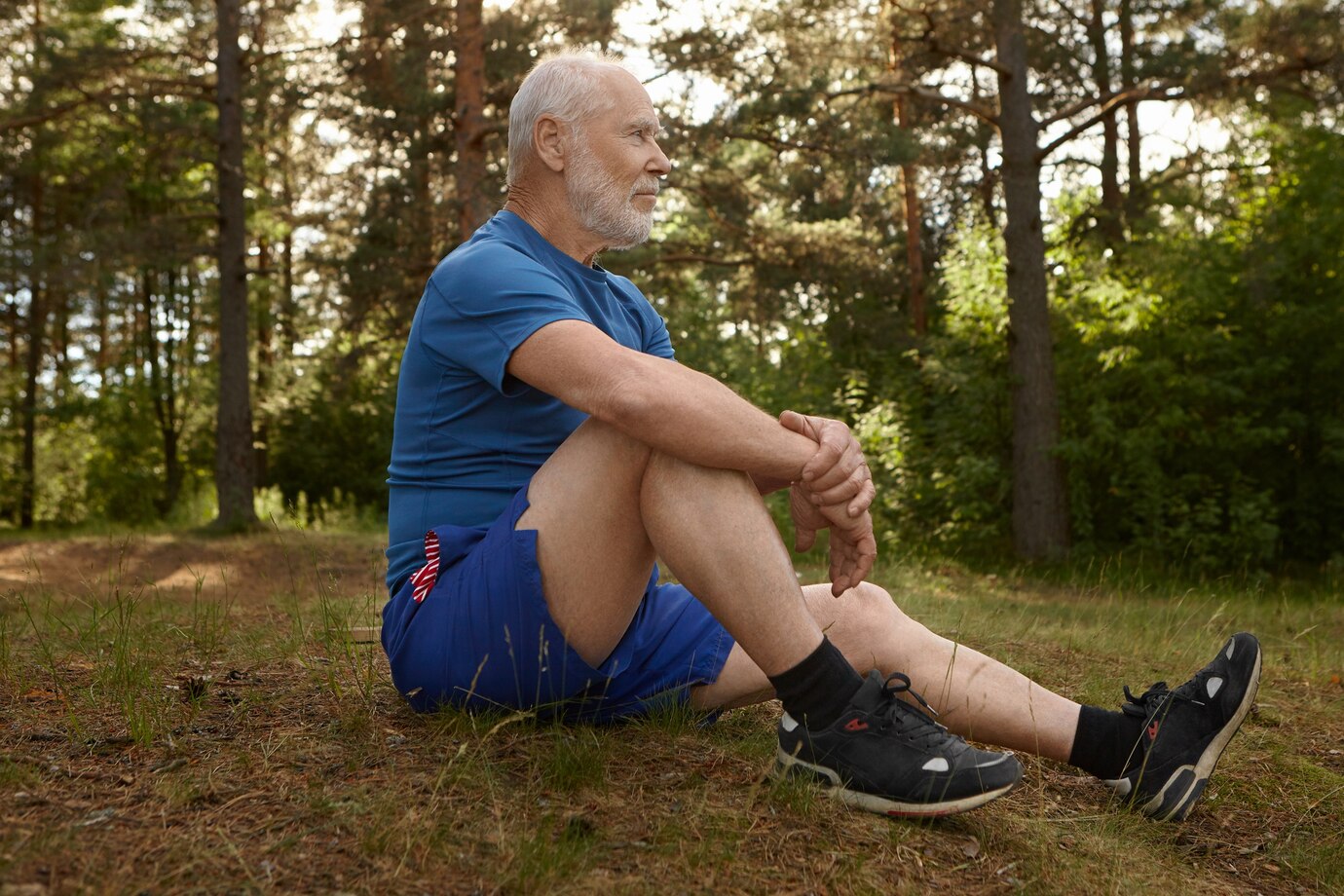
Early to Moderate Osteoarthritic Knee
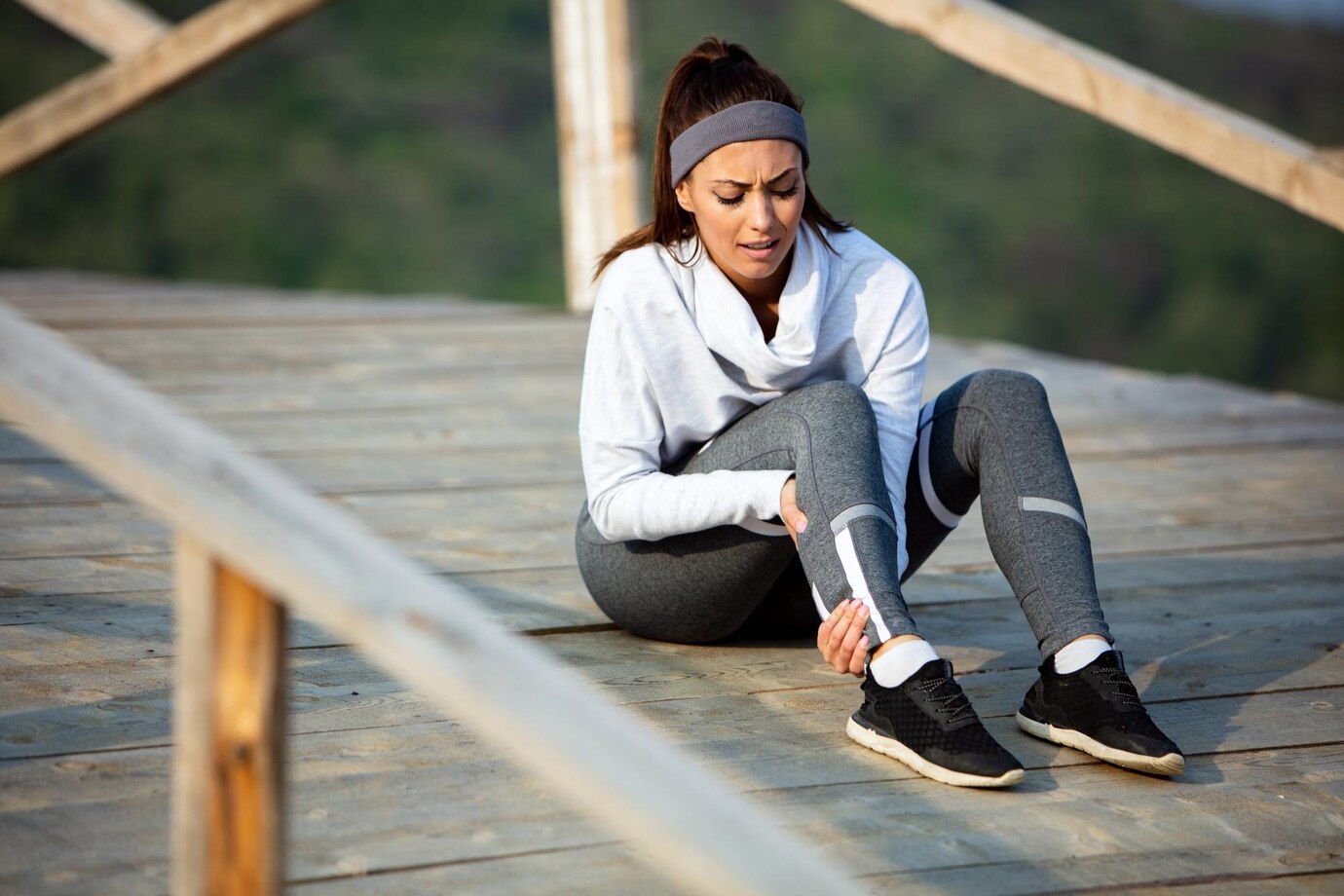
Grade I/II meniscus injury
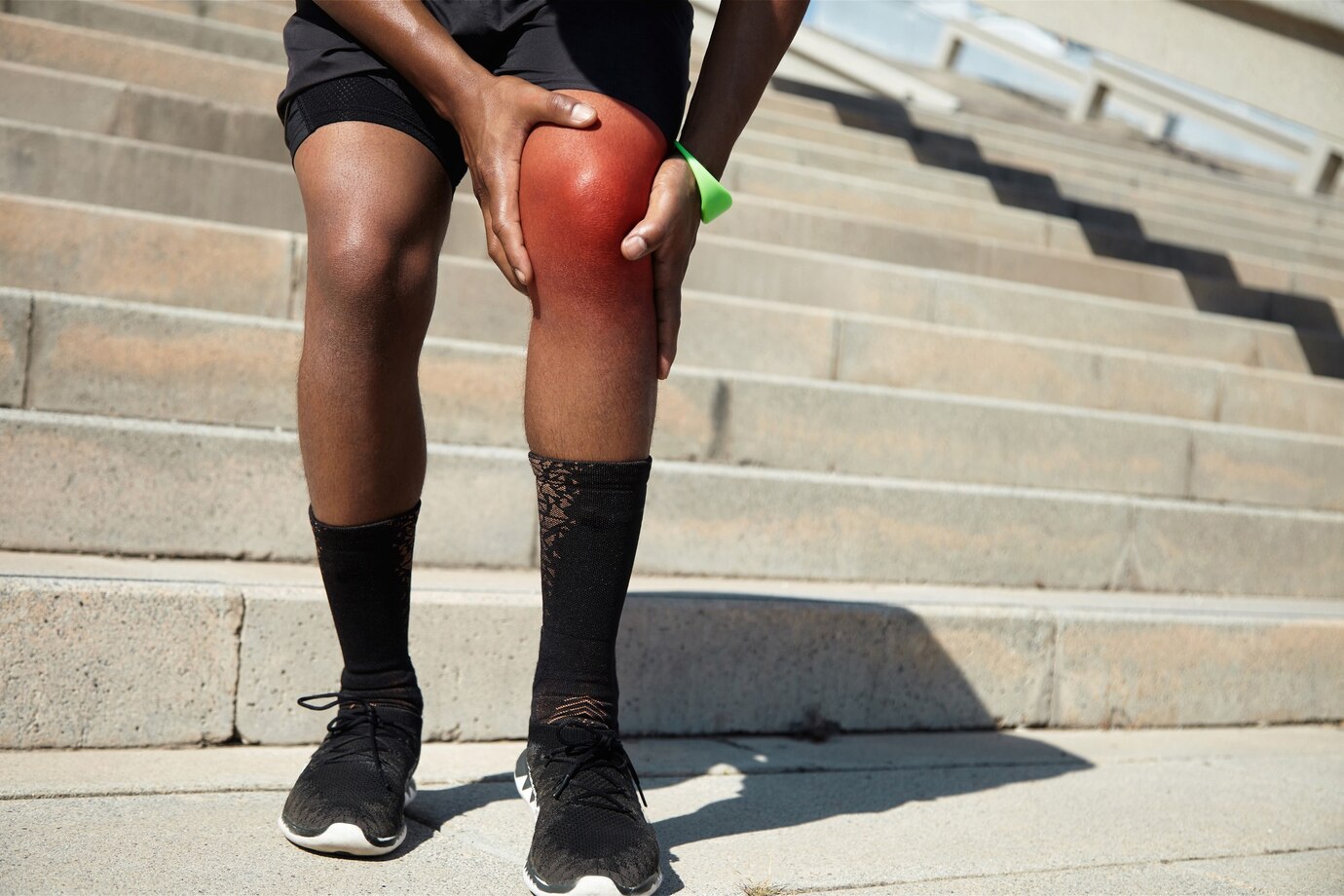
Sprain
Managing knee pain without relying on medication or surgery involves various non-invasive approaches. Here are some strategies to consider:
1. Physical Therapy:
A physical therapist can design a tailored exercise program to strengthen the muscles around the knee, improve flexibility, and correct imbalances.
2. Low-Impact Exercise:
Engage in activities like swimming, stationary biking, or walking, which are gentle on the knees and promote joint mobility.
3. Weight Management:
Maintaining a healthy weight reduces the load on the knee joints, easing stress and potentially alleviating pain.
4. RICE Method:
Rest, Ice, Compression, and Elevation can help manage acute knee pain and reduce inflammation.
5. Joint Protection Techniques:
Learn and practice proper body mechanics to avoid placing excessive strain on the knees during daily activities.
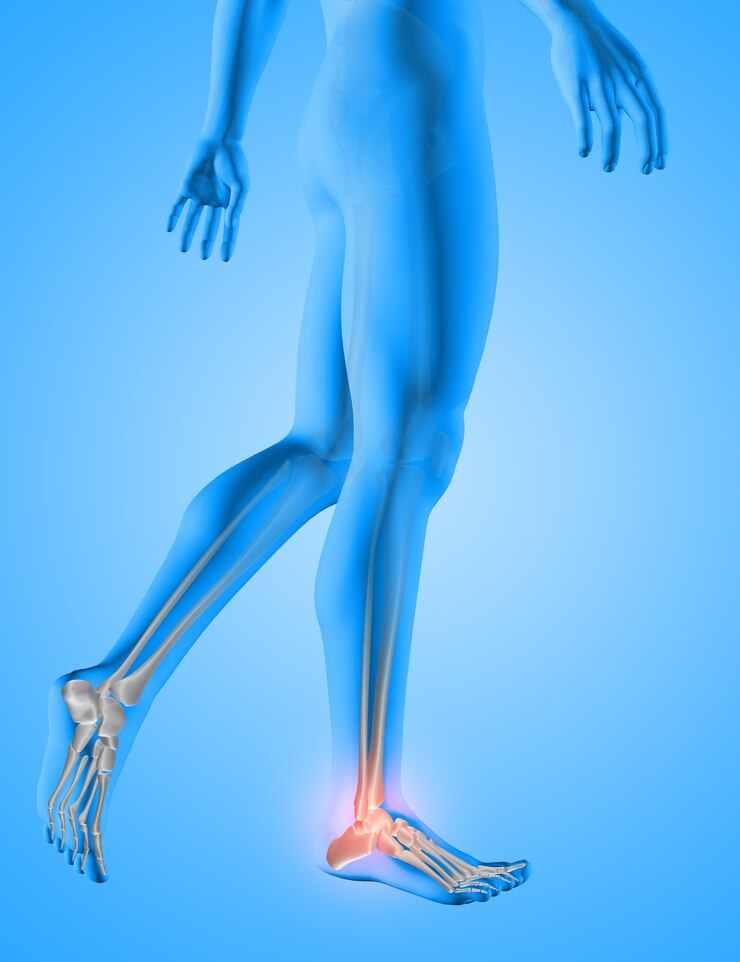
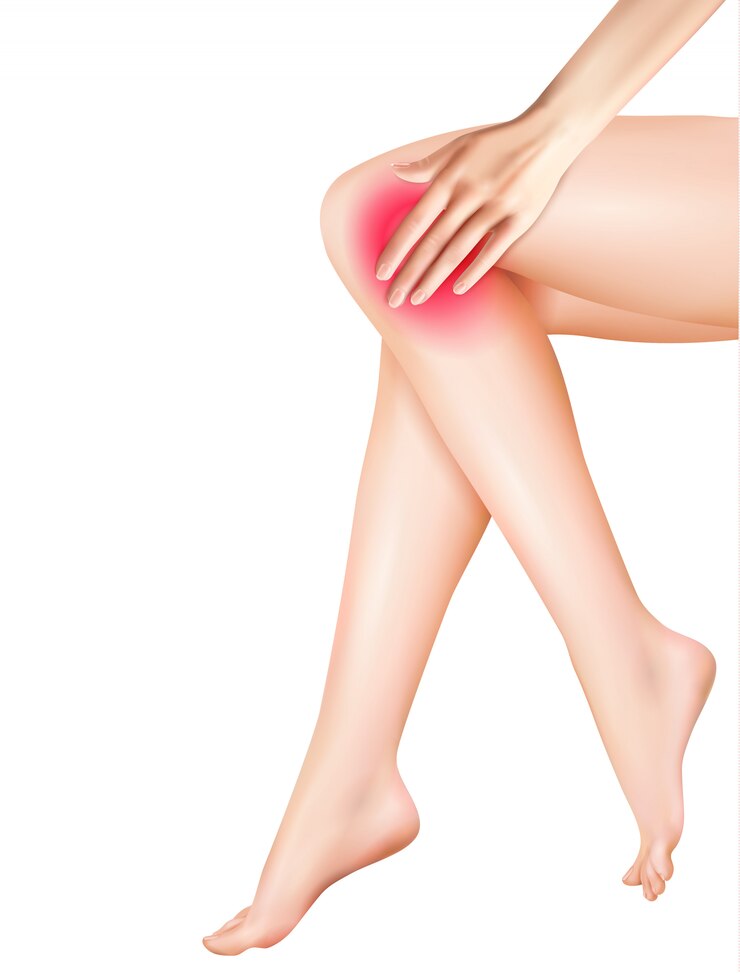
6. Orthopedic Supports:
Knee braces or supports may provide stability and alleviate pain, especially during physical activities.
7. Physical Activity Modification:
Adjust or modify activities that exacerbate knee pain. Avoid high-impact activities that may cause additional stress.
8. Stretching and Strengthening Exercises:
Incorporate gentle stretching and strengthening exercises into your routine to enhance flexibility and muscle support.
9. Heat and Cold Therapy:
Apply heat or cold packs to the affected area to reduce inflammation and soothe pain. Alternating between the two may be beneficial.
10. Acupuncture:
Some people find relief from knee pain through acupuncture, which involves the insertion of thin needles into specific points on the body.
11. Massage Therapy:
Soft tissue massage can help relax muscles around the knee and improve circulation.
12. Hydrotherapy:
Water exercises or hydrotherapy can provide a low-impact environment for improving strength and flexibility.
13. Balance and Stability Training:
Improving balance and stability through targeted exercises can enhance overall knee joint function.
14. Footwear Modification:
Rest, Ice, Compression, and Elevation can help manage acute knee pain and reduce inflammation.
15. Insoles or Orthotics:
Custom or over-the-counter insoles may provide additional support and alleviate knee pain by correcting foot mechanics.
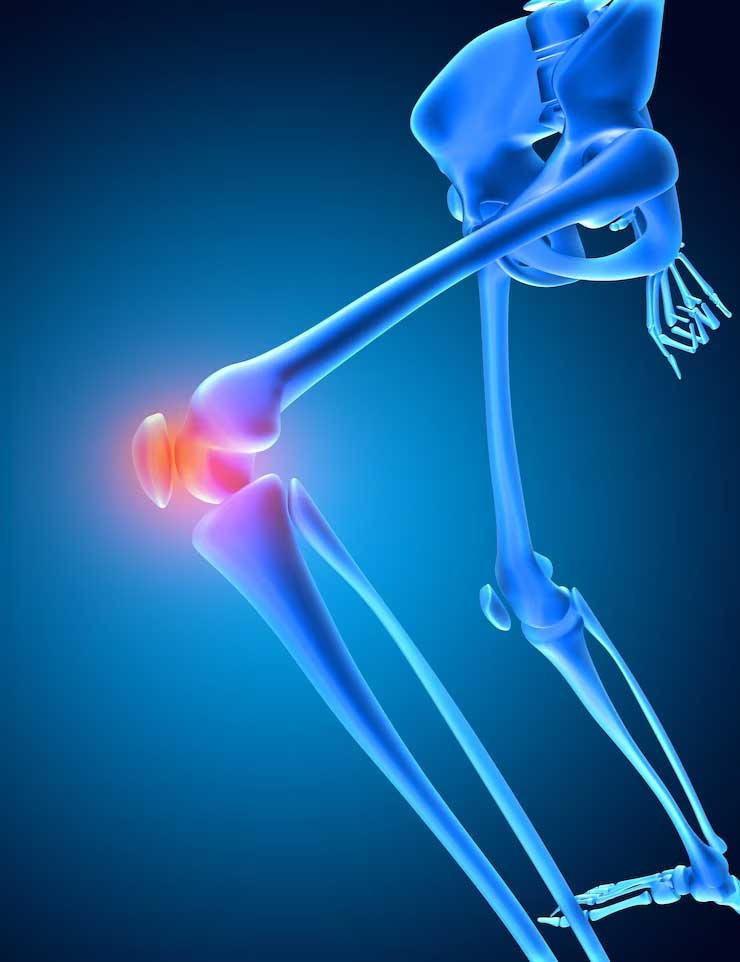
Types of Knee Pain
Knee pain can stem from various causes, and its severity and characteristics can vary. Below are some common types and potential causes of knee pain
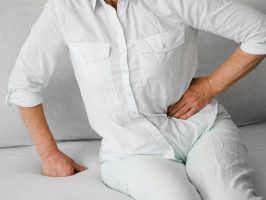
Patellofemoral Pain Syndrome (PFPS)
Causes: Overuse, muscle imbalances, or improper tracking of the kneecap.
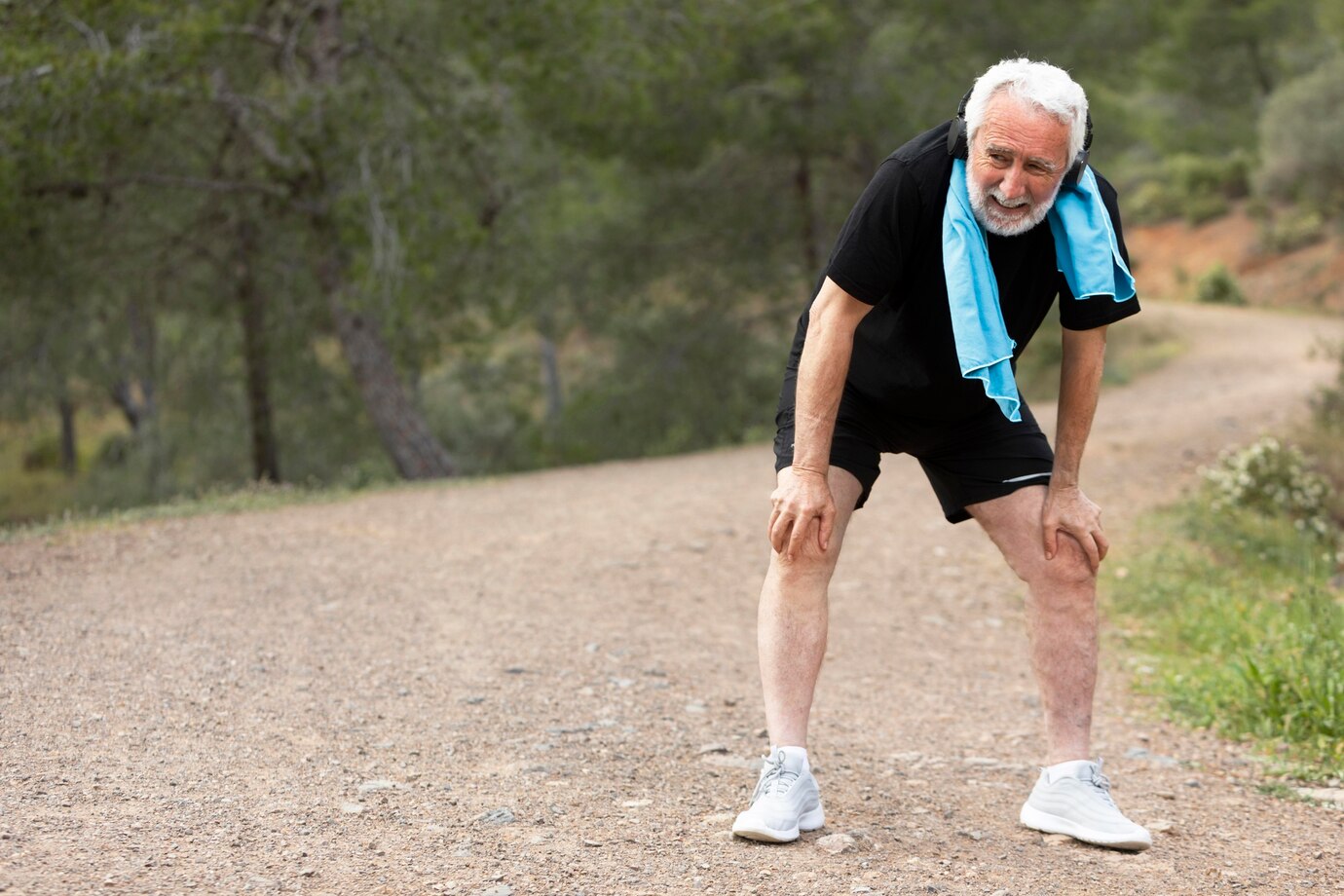
Osteoarthritis
Causes: Wear and tear on the joint over time.
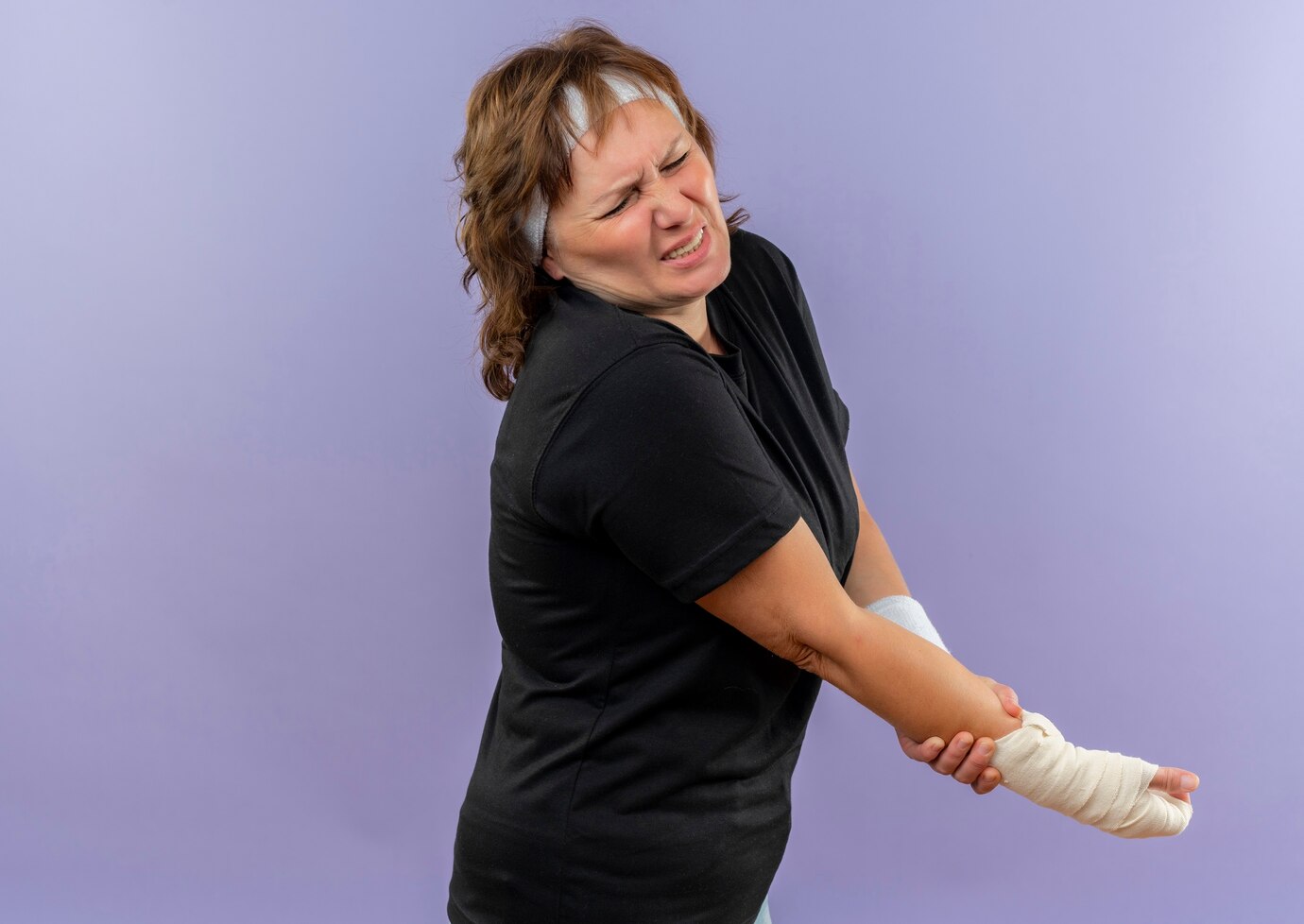
Iliotibial (IT) Band Syndrome
Causes: Overuse, tightness in the IT band, or improper biomechanics.
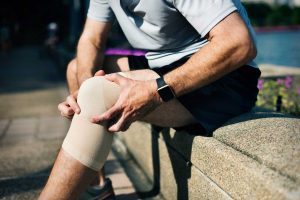
Ligament Injuries
Causes: ACL, PCL, MCL, or LCL injuries, commonly due to sports or accidents.
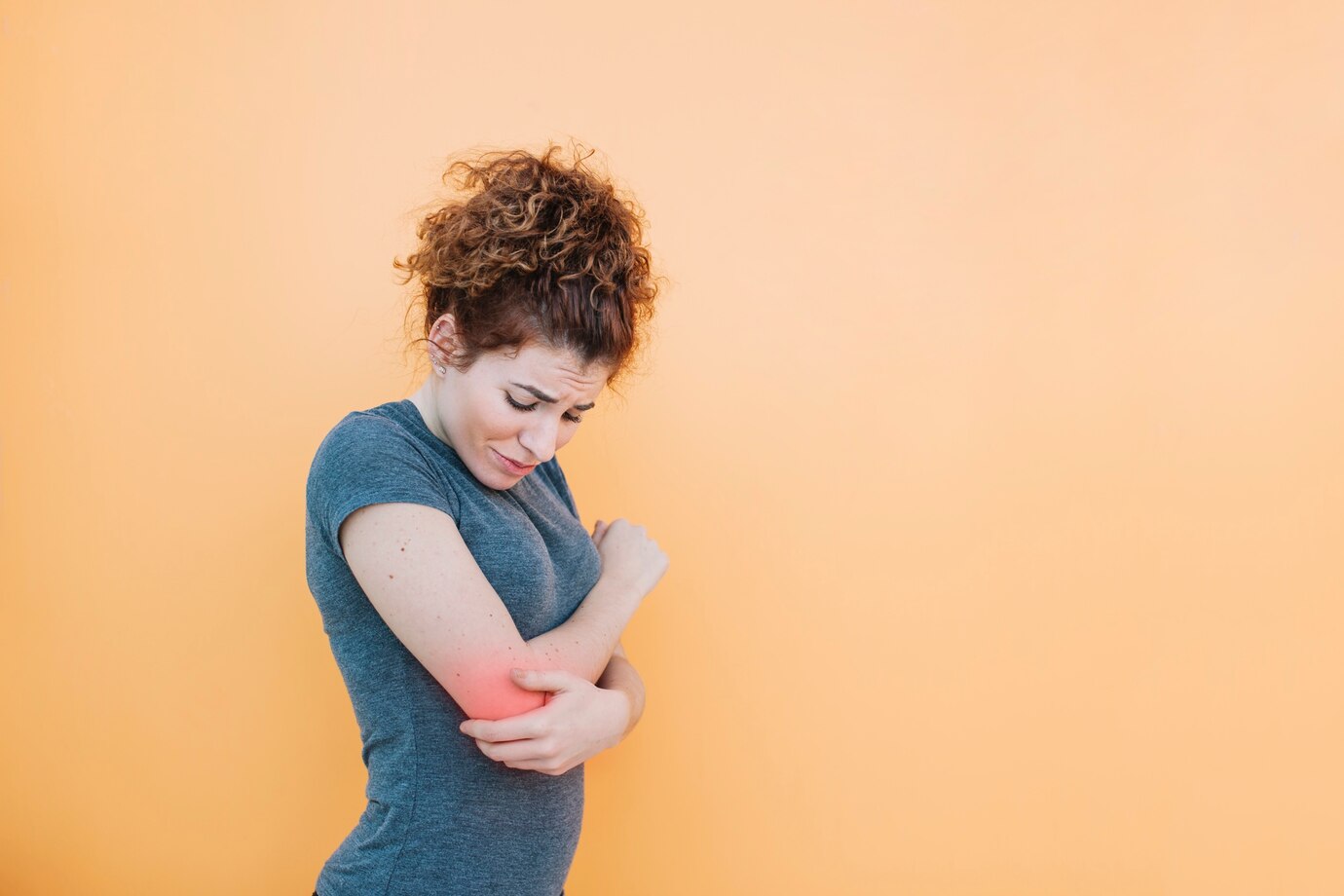
Meniscus Tear
Causes: Trauma, aging, or degeneration of the meniscus.
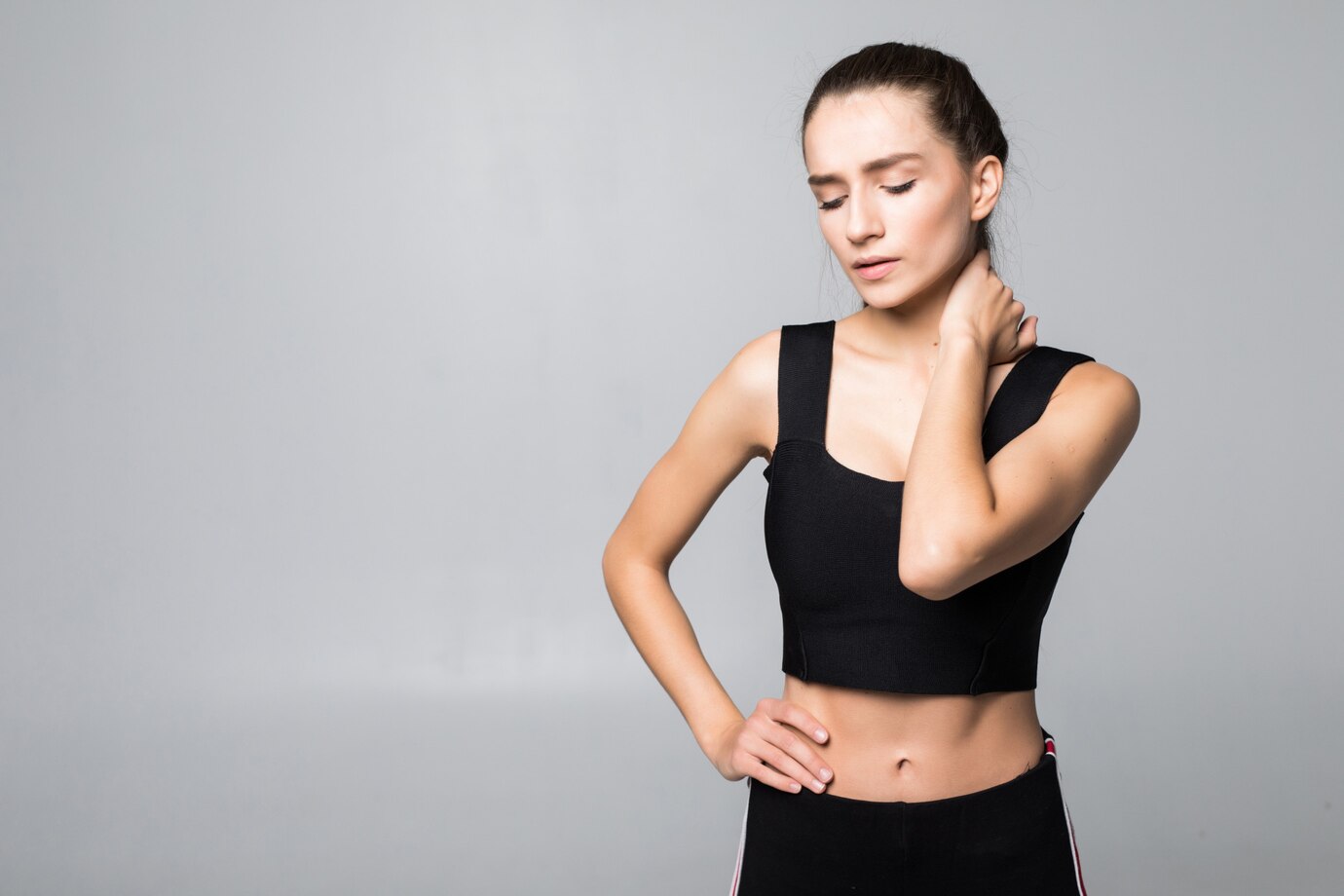
Bursitis
Causes: Inflammation of the bursa sac, often due to repetitive kneeling or overuse.
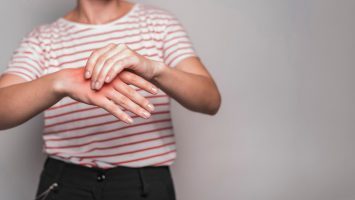
Rheumatoid Arthritis
Causes: Autoimmune condition affecting the joints.
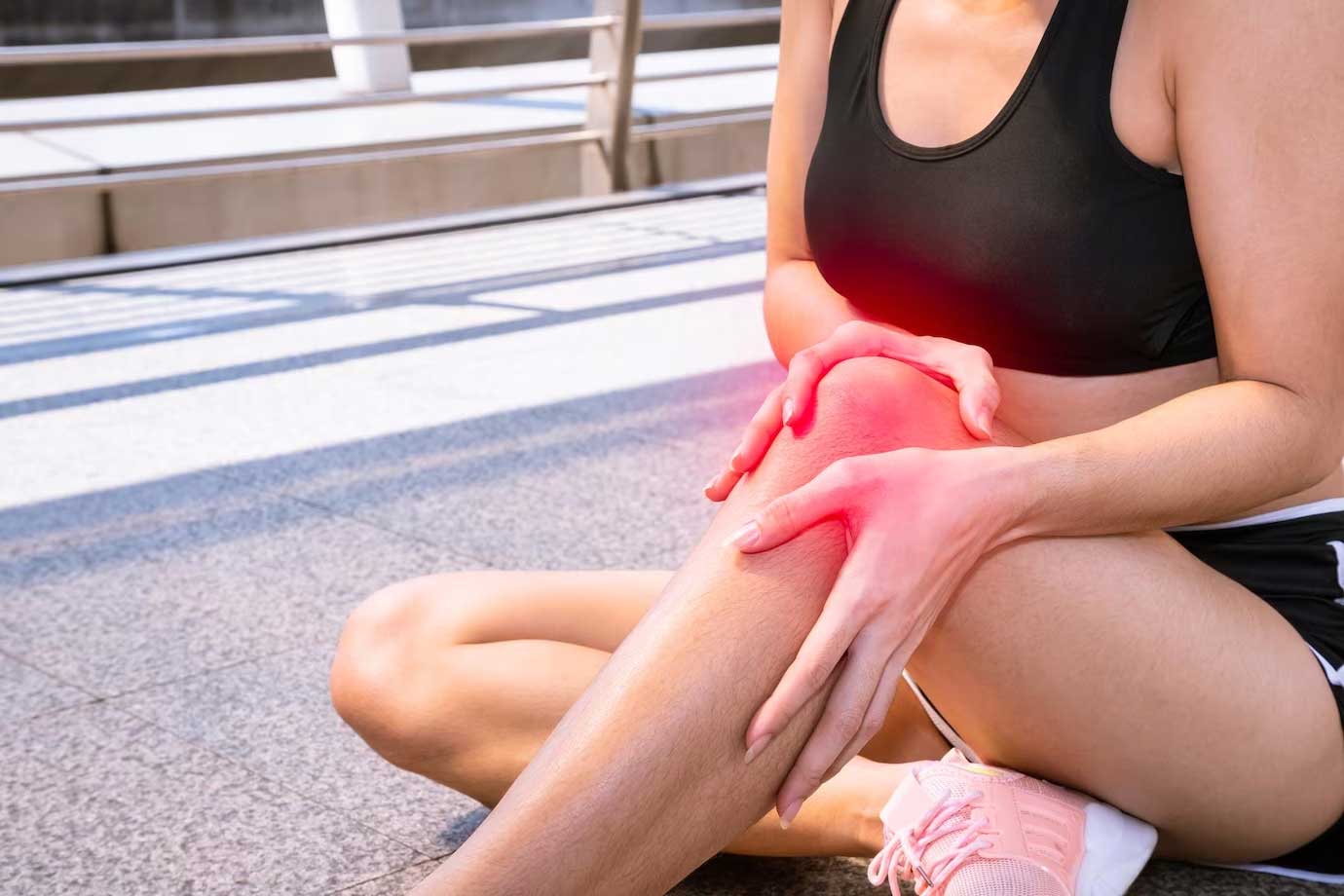
Tendinitis
Causes: Overuse, repetitive motion, or injury.
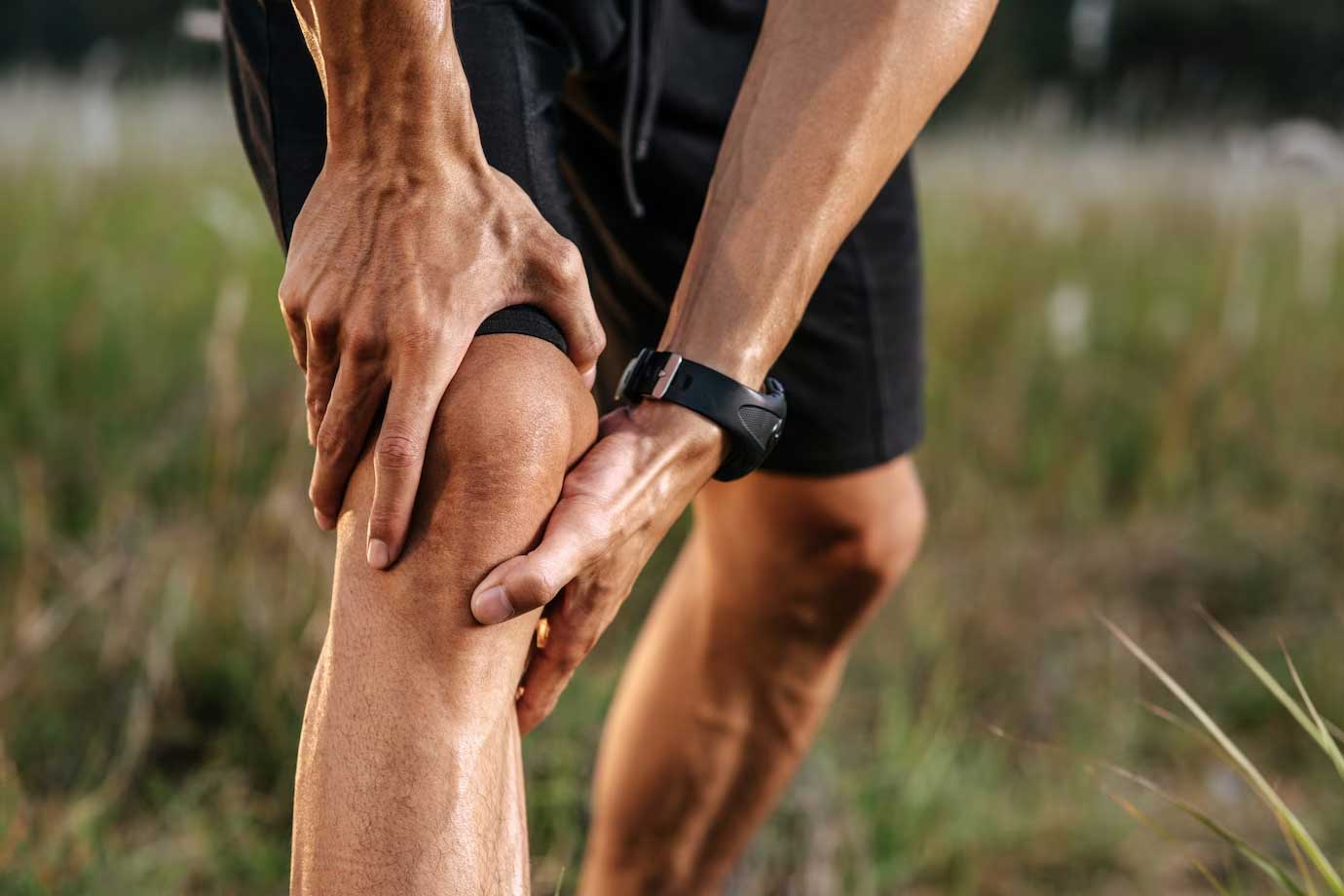
Gout
Causes: Buildup of uric acid crystals in the joint.
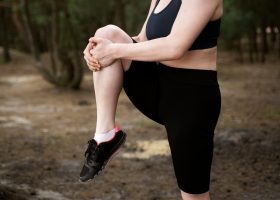
Patellar Tendinitis (Jumper's Knee)
Causes: Overuse or strain on the patellar tendon.
